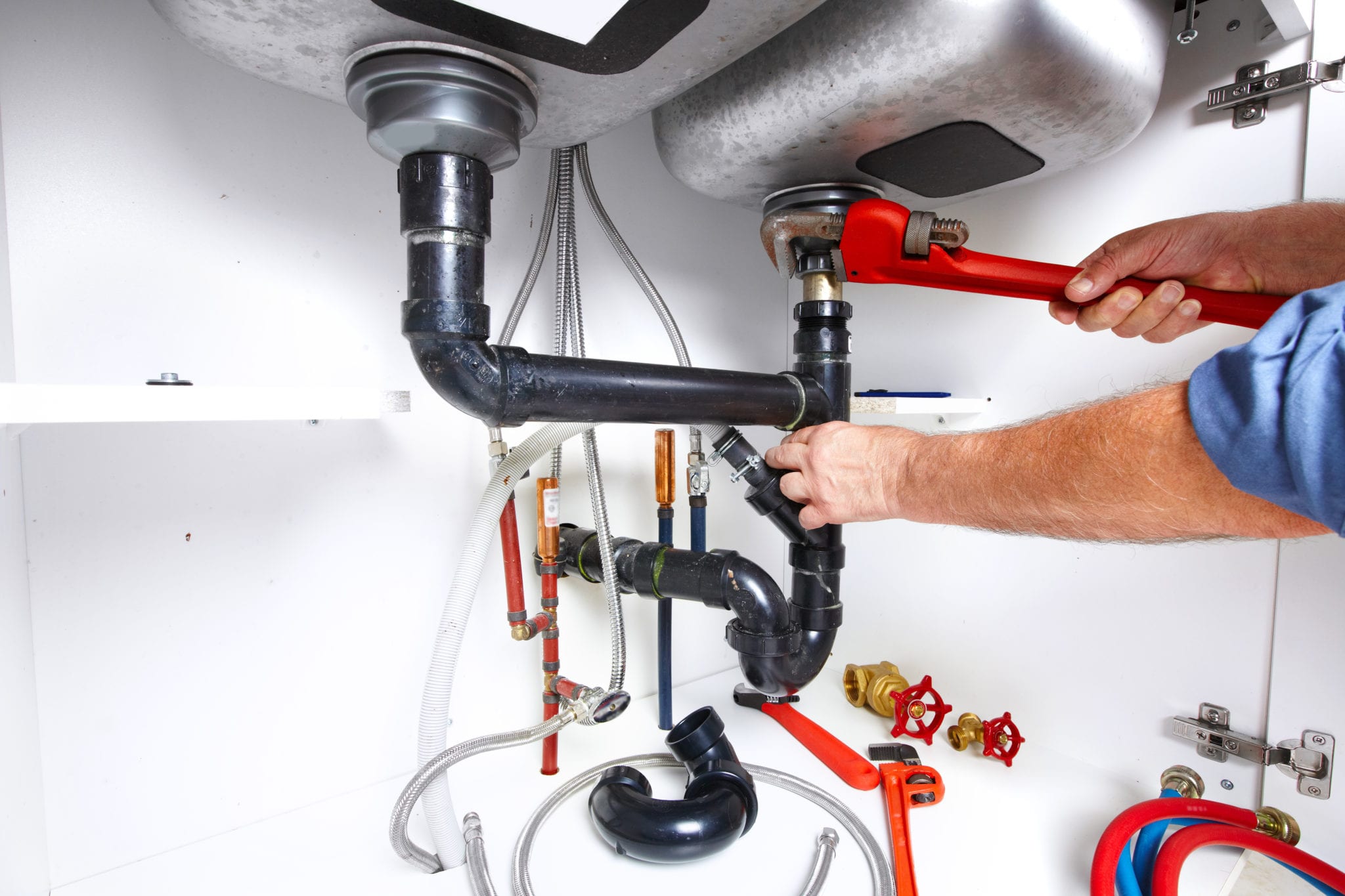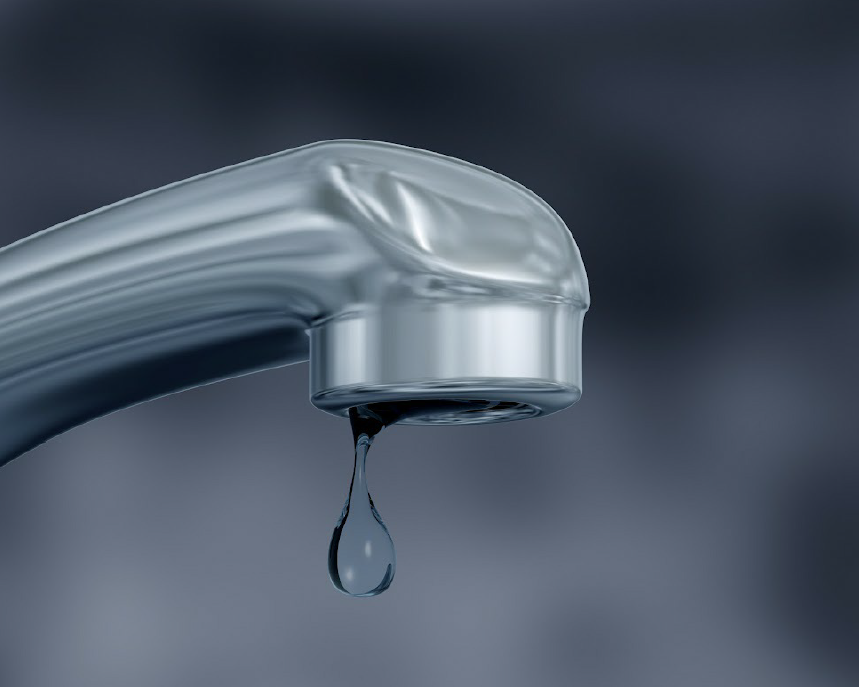6 Ways to Find Concealed Water Leaks in Your House
6 Ways to Find Concealed Water Leaks in Your House
Blog Article
Have you been in search of related information about Leaking water lines?

Early detection of leaking water lines can reduce a potential disaster. Apart from saving you cash, it will reduce the irritation and disappointment. The moment you locate a leakage, calling your plumber for fixings is the very best option. Some small water leaks might not be visible. Below are some hacks that assist if you can not discover it with your nude eyes.
1. Analyze the Water Meter
Checking it is a guaranteed method that assists you uncover leaks. If it moves, that suggests a fast-moving leak. This suggests you might have a sluggish leak that could even be below ground.
2. Examine Water Consumption
If you spot abrupt adjustments, in spite of your consumption being the same, it means that you have leakages in your plumbing system. A sudden spike in your costs shows a fast-moving leakage.
A constant rise every month, also with the exact same practices, shows you have a slow-moving leakage that's likewise slowly escalating. Call a plumber to extensively check your residential property, particularly if you feel a warm location on your floor with piping underneath.
3. Do a Food Coloring Examination
When it involves water intake, 30% comes from toilets. Test to see if they are running effectively. Decline flecks of food shade in the tank and also wait 10 minutes. If the color in some way infiltrates your bowl throughout that time without flushing, there's a leakage between the container as well as dish.
4. Asses Exterior Lines
Do not forget to inspect your outdoor water lines also. Test faucets by attaching a yard hose. Needs to water seep out of the link, you have a loose rubber gasket. Change this and make sure all connections are tight. It will certainly aid get it skillfully examined as well as kept each year if you've got a lawn sprinkler system. One tiny leak can throw away tons of water as well as increase your water bill.
5. Check and also Analyze the Circumstance
House owners ought to make it a routine to examine under the sink counters and even inside cupboards for any type of bad odor or mold and mildew development. These 2 warnings indicate a leak so prompt interest is needed. Doing regular examinations, even bi-annually, can save you from a significant issue.
Check for discolorations and also damaging as a lot of home appliances as well as pipelines have a life expectations. If you suspect leaking water lines in your plumbing system, don't wait for it to rise.
Early detection of leaking water lines can minimize a prospective catastrophe. Some little water leakages might not be noticeable. Examining it is a guaranteed way that aids you find leaks. One little leak can lose lots of water and increase your water expense.
If you suspect dripping water lines in your plumbing system, don't wait for it to rise.
WARNING SIGNS OF WATER LEAKAGE BEHIND THE WALL
PERSISTENT MUSTY ODORS
As water slowly drips from a leaky pipe inside the wall, flooring and sheetrock stay damp and develop an odor similar to wet cardboard. It generates a musty smell that can help you find hidden leaks.
MOLD IN UNUSUAL AREAS
Mold usually grows in wet areas like kitchens, baths and laundry rooms. If you spot the stuff on walls or baseboards in other rooms of the house, it’s a good indicator of undetected water leaks.
STAINS THAT GROW
When mold thrives around a leaky pipe, it sometimes takes hold on the inside surface of the affected wall. A growing stain on otherwise clean sheetrock is often your sign of a hidden plumbing problem.
PEELING OR BUBBLING WALLPAPER / PAINT
This clue is easy to miss in rooms that don’t get much use. When you see wallpaper separating along seams or paint bubbling or flaking off the wall, blame sheetrock that stays wet because of an undetected leak.
BUCKLED CEILINGS AND STAINED FLOORS
If ceilings or floors in bathrooms, kitchens or laundry areas develop structural problems, don’t rule out constant damp inside the walls. Wet sheetrock can affect adjacent framing, flooring and ceilings.
https://www.servicemasterbyzaba.com/blog/how-to-detect-water-leakage-in-walls/

I was made aware of that article about Top leak detection hacks through someone on our other blog. Please set aside a second to share this article if you appreciated it. Thanks a lot for your time. Come back soon.
Report this page